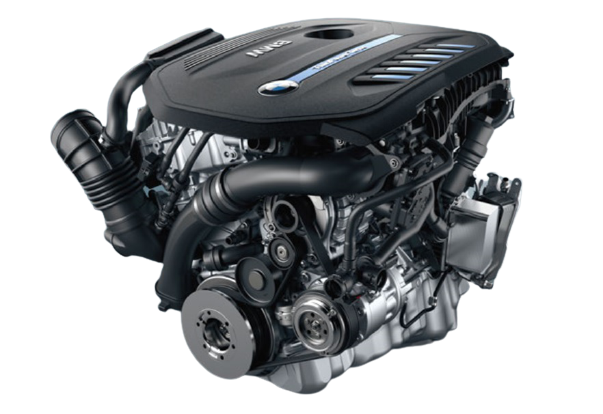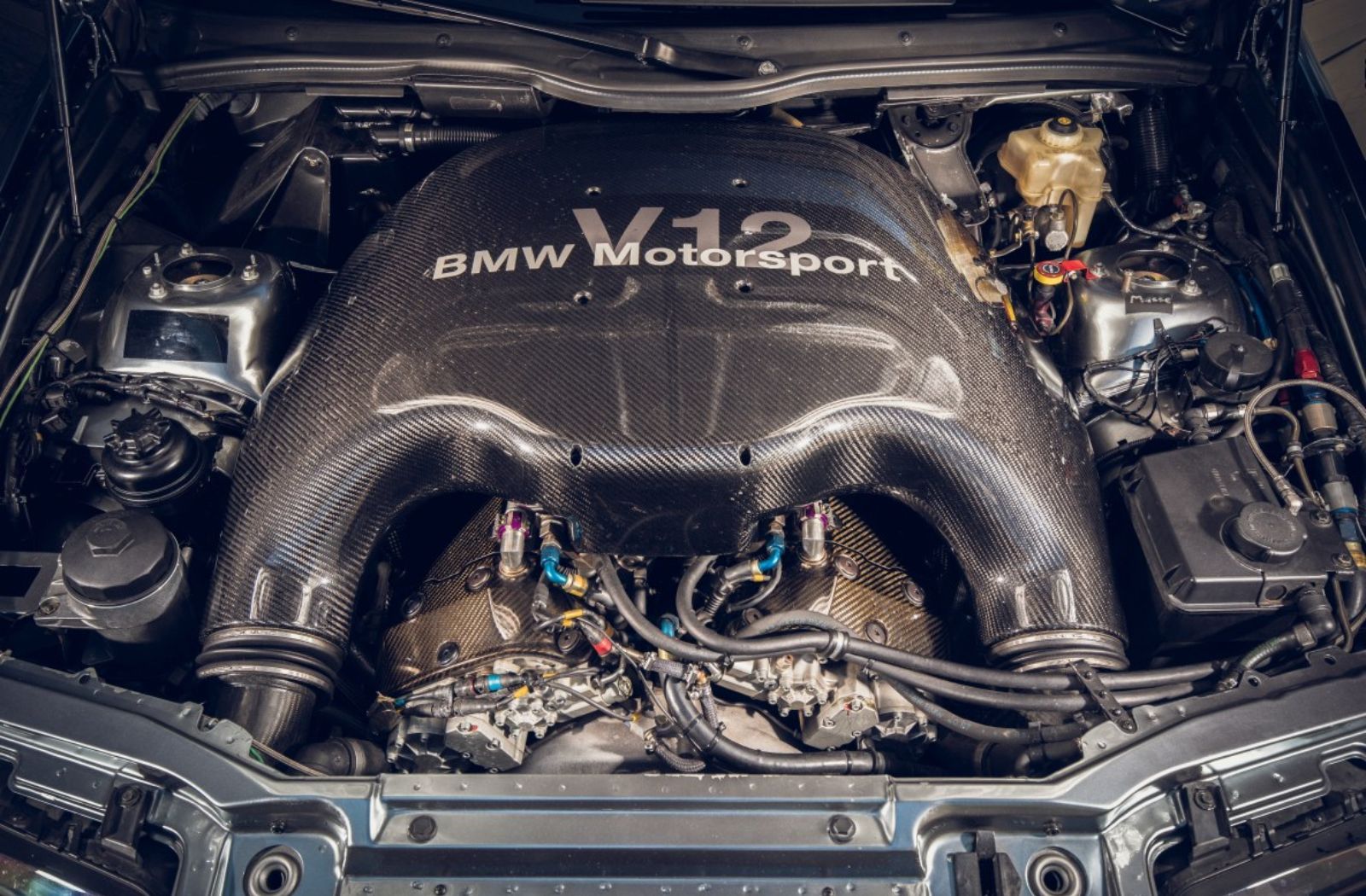Unveiling the Tricks Behind the Power of the BMW Engine
Unveiling the Tricks Behind the Power of the BMW Engine
Blog Article
Checking Out the Development of Burning Engines in Modern Transport Solutions
As we browse the landscape of contemporary transport, the development of combustion engines stands as a testament to human ingenuity and engineering prowess. From their modest beginnings to the advanced powerhouses propelling automobiles today, combustion engines have actually undertaken an amazing trip of technology and adaptation. Understanding the intricacies of this development not only clarifies the past however also leads the way for visualizing what lies in advance in the world of transport modern technology. The interplay of background, technology, and environmental worries in shaping the trajectory of combustion engines produces a narrative that is both informative and compelling.
Early Beginnings of Combustion Engines
How did the idea of burning engines first arise in the early stages of transport development? The roots of combustion engines can be traced back to the 17th century when the concepts of interior combustion were initial explored.
The breakthrough minute featured the creation of the very first successful gasoline-powered engine by Karl Benz in 1885 - bmw engine. This engine paved the means for the development of the modern vehicle, changing transportation systems worldwide. Subsequent advancements by Nikolaus Otto and Gottlieb Daimler better refined combustion engine innovation, leading to the mass production of vehicles and the quick development of the transport sector
These very early combustion engines were defined by their simplicity and effectiveness, laying the foundation for the complex and powerful engines used in modern-day transport systems. The advancement of burning engines has contributed fit the method we travel and transfer goods, noting a substantial turning point in the history of transportation growth.
Change to Internal Combustion Technology
The change to interior combustion technology noted an essential shift in the evolution of transport systems. This shift began in the late 19th century, with developers like Nikolaus Otto and Gottlieb Daimler establishing the initial successful inner combustion engines. These engines changed transport by using a much more powerful and efficient option to steam engines and electrical motors.
One of the key benefits of internal burning engines was their capability to be scaled down to match cars, leading to the advancement of automobiles and bikes. This shift from cumbersome, stationary engines to portable, mobile ones paved the means for the contemporary transport systems we see today.
The transition to interior burning innovation also spurred advancements in fuel modern technology, causing the growth of gas and diesel as key fuel sources for lorries. This shift not just made transport much more obtainable to the masses however additionally laid the foundation for the oil and gas sector to become important to global economic climates.
Influence of Combustion Engines on Transportation
The adoption of combustion engines in transport systems militarized a profound shift in the effectiveness and rate of international movement. Combustion engines reinvented transport by providing a trustworthy and flexible resource of power for different cars, consisting of autos, aircrafts, vehicles, and ships. This innovation considerably improved the capability for goods and people to conform fars away in much shorter amount of time, leading to increased connectivity in between areas and countries.
In addition, the prevalent use burning engines has actually had a significant effect on economic development. The ability to carry products efficiently has actually stimulated profession and commerce, allowing businesses to expand their markets and get to customers worldwide. This has facilitated financial development and globalization, as products can currently be delivered faster and in larger amounts than ever.
Nevertheless, the environmental influence of burning engines can not be overlooked. The burning of fossil gas has led to air contamination and greenhouse gas discharges, contributing to climate adjustment and positioning health threats to populaces. bmw engine. As a result, there is an expanding focus on developing different propulsion innovations to reduce Continued these adverse impacts and create an extra sustainable future for transport
Advancements in Burning Engine Layout
Numerous developments in burning engine design have actually pushed the evolution of transport systems over the years. One significant innovation is the advancement of turbocharged engines, which utilize exhaust gases to drive a turbine that presses incoming air, enabling for more fuel to be burned, leading to raised power output without a substantial rise in engine size. Furthermore, straight injection innovation has enhanced gas performance and performance by exactly regulating the amount more and timing of fuel infused into the burning chamber. Variable shutoff timing systems have likewise changed engine design by enhancing air movement at various engine speeds, boosting both power and efficiency. One more substantial advancement is the combination of light-weight products such as carbon fiber and light weight aluminum alloys, decreasing general engine weight and enhancing lorry gas economic situation. Improvements in computer-aided layout have actually enabled designers to optimize engine efficiency and performance via simulations prior to physical models are constructed, conserving time and sources in the advancement process. These advancements collectively contribute to the constant renovation of combustion engines in modern transportation systems.
Future Trends in Burning Engine Advancement
With modern technology developments driving continual development, the future of burning engine development is poised to change transport systems around the world. One of the essential fads in burning engine development is the press in the direction of greater effectiveness and minimized emissions.
Another famous fad is the adoption of hybrid modern technologies in combustion engines. Hybrid engines integrate standard burning modern technology with electrical power, offering improved fuel effectiveness and reduced exhausts. As the automotive market shifts in the direction of electrification, crossbreed burning engines are viewed as a transitional remedy that bridges the gap between traditional automobiles and completely electrical ones.
Moreover, the integration of smart technologies, such as expert system and data analytics, is expected to play a considerable function in the future of combustion engine advancement. These innovations can enhance engine performance in real-time, causing a lot more Get More Info effective burning processes and improved overall car performance. Embracing these future fads will certainly not just drive advancement in burning engine advancement however also contribute to a more lasting and eco-friendly transport environment.

Verdict
In conclusion, the evolution of burning engines in modern transport systems has actually been noted by substantial innovations in modern technology and layout. From the very early starts of burning engines to the shift to interior combustion technology, these engines have had a profound influence on transport. Advancements in burning engine style continue to drive progress in this area, with future fads concentrating on additional enhancing effectiveness and decreasing emissions. The future of burning engines in transport looks appealing as research and development initiatives proceed to push borders.
The origins of burning engines can be traced back to the 17th century when the concepts of interior burning were very first explored. These engines changed transportation by offering an extra powerful and reliable option to vapor engines and electric motors.

Report this page